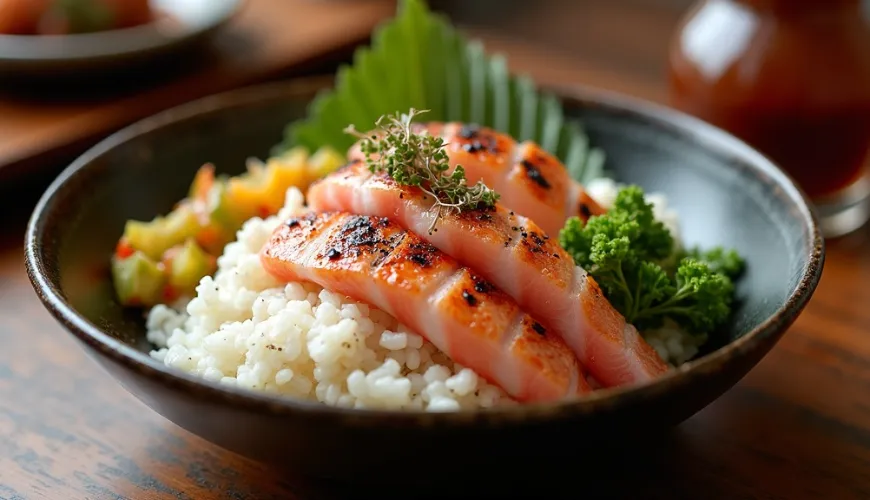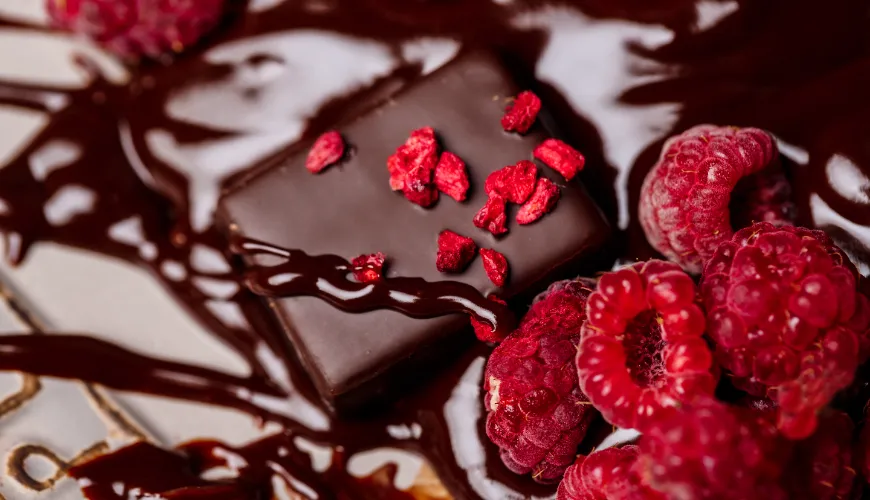
Discover why unagi is a symbol of Japanese culture and tradition

The Secret of Eel in Japanese Cuisine - Why You'll Love Unagi
When people think of Japanese food, most envision sushi, perhaps ramen or miso soup. Few realize that one of Japan's most celebrated dishes is an eel dish – unagi. This freshwater eel is not only a delicacy with a distinctive taste but also a symbol of tradition, nutrition, and seasonal comfort. Today, we'll dive into its essence – both literally and figuratively.
Unagi, or grilled eel, has captured the hearts of gourmets worldwide, and you can enjoy it in various forms outside Japan. It ranks among the tastiest and most nutritious fish, whether in sushi variations or hot dishes. The most well-known versions are unagi sushi, especially unagi nigiri, and the traditional unagi donburi or unagi don – eel served on rice.
What is Unagi and Why is it so Valued?
Unagi is the Japanese term for freshwater eel, usually the Japanese eel (Anguilla japonica). Unlike its marine counterpart, the sea eel (anago), unagi has fattier meat, making it ideal for grilling. Traditionally, it is prepared using the kabayaki method – eel fillets are marinated in a sweet soy sauce called tare and then grilled over an open flame, creating a delicious caramelized crust.
The taste of unagi is unique – delicate, buttery, yet pronounced, with a hint of smokiness and sweet-salty sauce. Its texture is soft yet firm, appealing even to those who generally don't favor fish dishes. In Japanese culture, unagi is also considered a food that provides strength and vitality, especially during the hot summer months. There's even a special day – Doyo no Ushi no Hi – when it's traditional to eat unagi to recharge one's energy.
Unagi Nigiri - A Tiny Jewel on Rice
One of the most popular forms of unagi is undoubtedly unagi nigiri, a type of sushi where a slice of grilled eel is placed on a small rice ball, sometimes secured with a thin strip of nori seaweed. Drizzled with a bit of tare sauce and possibly sprinkled with sesame seeds or green onions, unagi nigiri is often considered the pinnacle of the sushi experience.
Imagine a scene in a traditional Japanese sushi restaurant: the chef deftly slices the eel, carefully grilling it to a golden brown, while rice seasoned with rice vinegar bubbles in the background. Every movement is meticulous, deliberate. The result is a bite that encapsulates centuries of culinary tradition.
Unagi nigiri is often served as the final course in a sushi feast – its rich flavor is the perfect conclusion to the entire gastronomic experience.
Unagi Don - Hearty and Nourishing for Body and Soul
While unagi nigiri is elegant and refined, unagi donburi (often shortened to unagi don) represents a hearty, homey dish that satisfies and warms. It consists of a bowl of steamed rice topped with several slices of grilled eel drizzled with tare sauce. Sometimes pickled vegetables, nori, or even a slice of omelet (tamago) are added.
Unagi don is a staple in Japanese households and restaurants. It's the dish Japanese people choose when they need to replenish their energy – much like Czechs might opt for a hearty soup or goulash.
Interestingly, in traditional Japanese fish restaurants, eel is prepared on-site – fresh eel is cut, skewered, grilled, and served almost immediately. This process can take up to half an hour, underscoring the value and complexity of the preparation.
Ethical and Environmental Concerns Regarding Unagi
With the growing popularity of unagi worldwide, questions about sustainability and conservation have arisen. Eels are now on the endangered species list – primarily due to overfishing, loss of natural habitat, and complex migration between freshwater and saltwater. The Japanese eel is considered a critically endangered species by the International Union for Conservation of Nature (IUCN).
As a result, there is increasing interest in farming programs or substituting unagi with other fish with similar texture and taste, such as sea eel (anago) or even plant-based alternatives. Some innovative restaurants and sushi makers are trying to find ways to offer the taste of unagi without the environmental impact.
In Japan, specialized farms are also emerging, attempting to sustainably raise eels, although this process is quite demanding. Given that eels undergo a complex life cycle involving migration from rivers to the sea, farming them is extremely complicated and still rather exceptional.
Nutrition and Health Benefits
Aside from its unique taste, unagi also offers significant nutritional benefits. It is rich in omega-3 fatty acids, vitamins A and D, calcium, and protein. In traditional Chinese medicine and Japanese culture, unagi is considered a strengthening food that provides vitality and improves skin and joint health.
Try our natural products
Particularly in the summer months, when the body loses energy due to heat, unagi is a popular choice for replenishing strength. It's no coincidence that the unagi season peaks in Japan in July and August.
Unagi Worldwide and in the Czech Republic
Although unagi is traditionally associated with Japan, today you can enjoy it almost anywhere in the world. In the Czech Republic, it is mainly available in specialized sushi restaurants or as vacuum-packed unagi fillet in Asian shops. Some Asian food e-shops even offer frozen or marinated versions that are easy to prepare at home.
A customer from Brno described her experience as follows: "When I ate unagi sushi for the first time, I didn't know what to expect. But after the first bite, I knew this was no ordinary fish. It was an explosion of flavors – sweet, salty, smoky. Since then, I have it every time I want to treat myself."
If you decide to prepare unagi at home, it is recommended to use pre-prepared fillets and focus on quality rice and tare sauce, which can be bought ready-made or prepared from mirin, soy sauce, and sugar. Grilling the unagi is then just the cherry on top.
Which Unagi to Choose?
On the market, you'll encounter several common variations:
- Unagi nigiri – ideal for sushi lovers looking for a rich taste
- Unagi don – excellent as a warm main dish, hearty and nutritious
- Unagi maki – eel rolled with other ingredients in a roll, often with avocado
- Unagi kabayaki – a standalone grilled eel fillet, usually vacuum-packed
Which variant is the best? It depends on your taste and the moment – sometimes just one delicious bite of nigiri suffices, while other times a hearty bowl full of rice and caramelized eel is a delight.
One thing is certain: unagi is not just a fish but a cultural experience. It is a fusion of history, nature, and culinary art that can delight not only the taste buds but also the soul. Whether you taste it in a sushi bar, prepare it at home, or discover it at a summer festival, unagi is likely to win you over forever.





